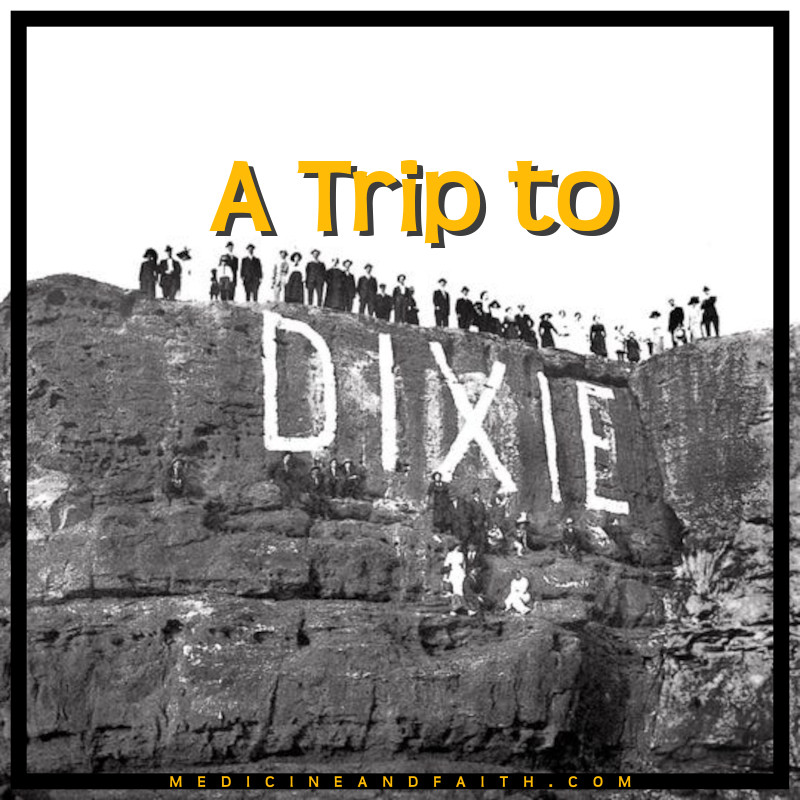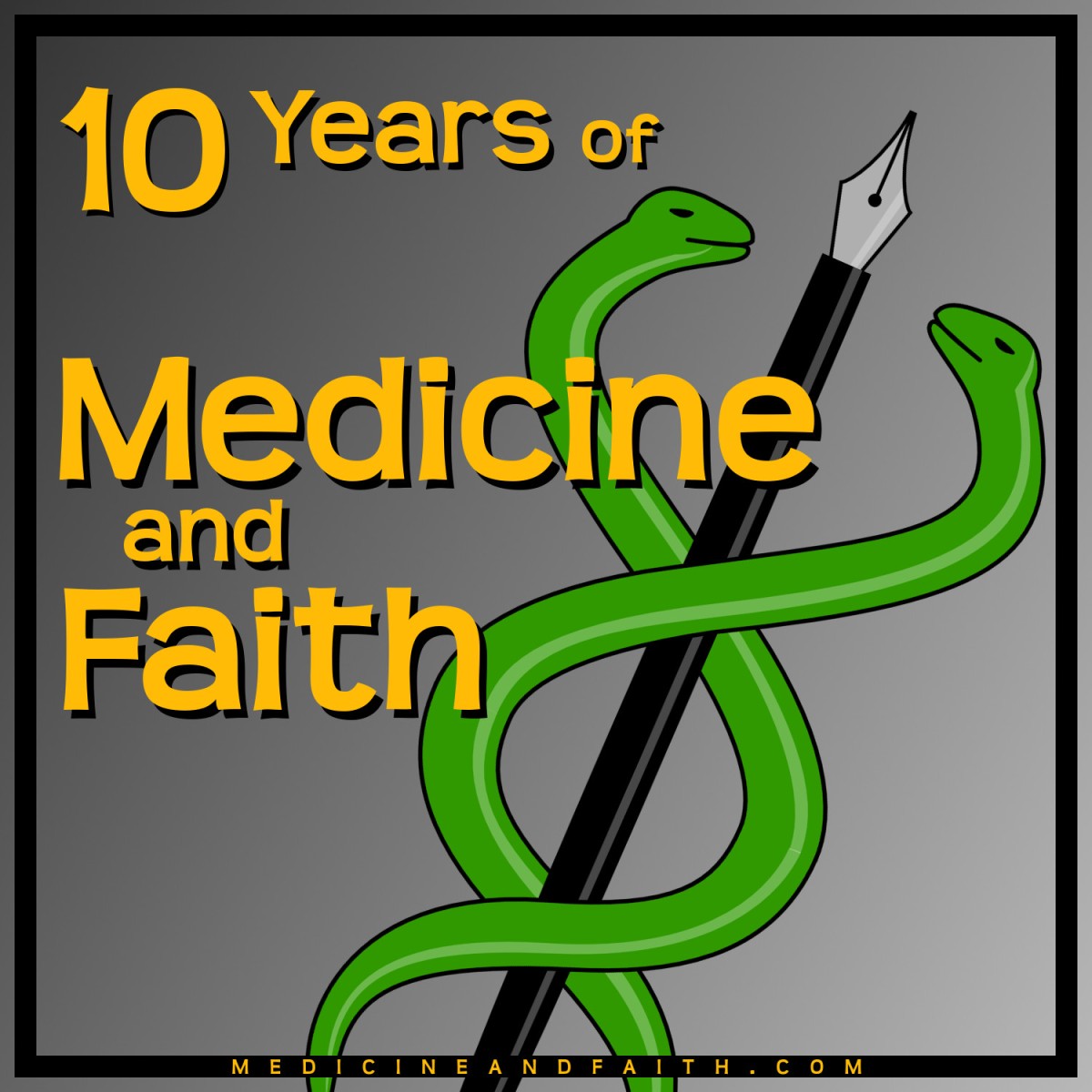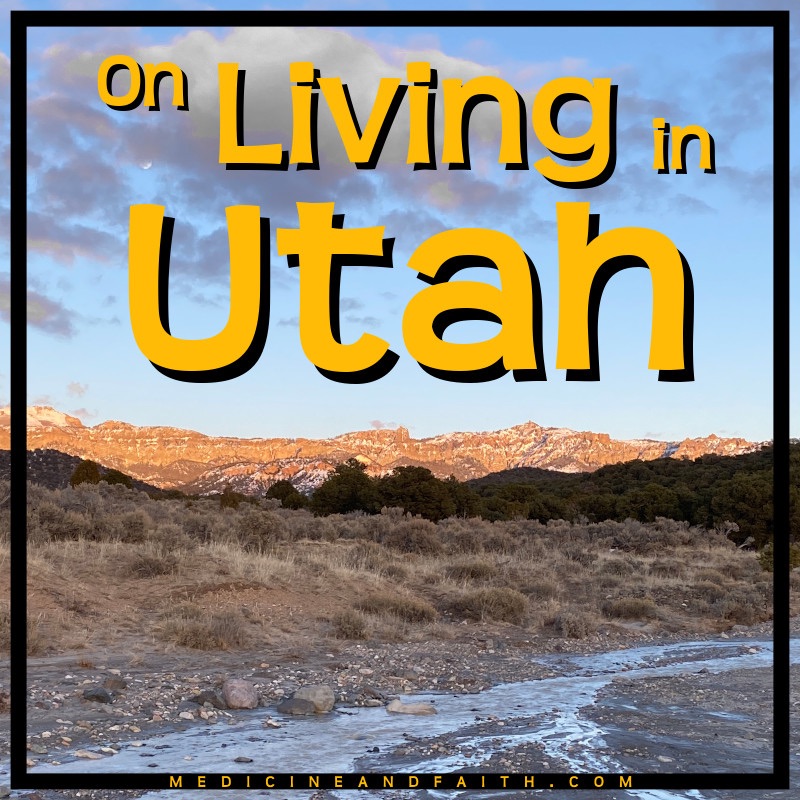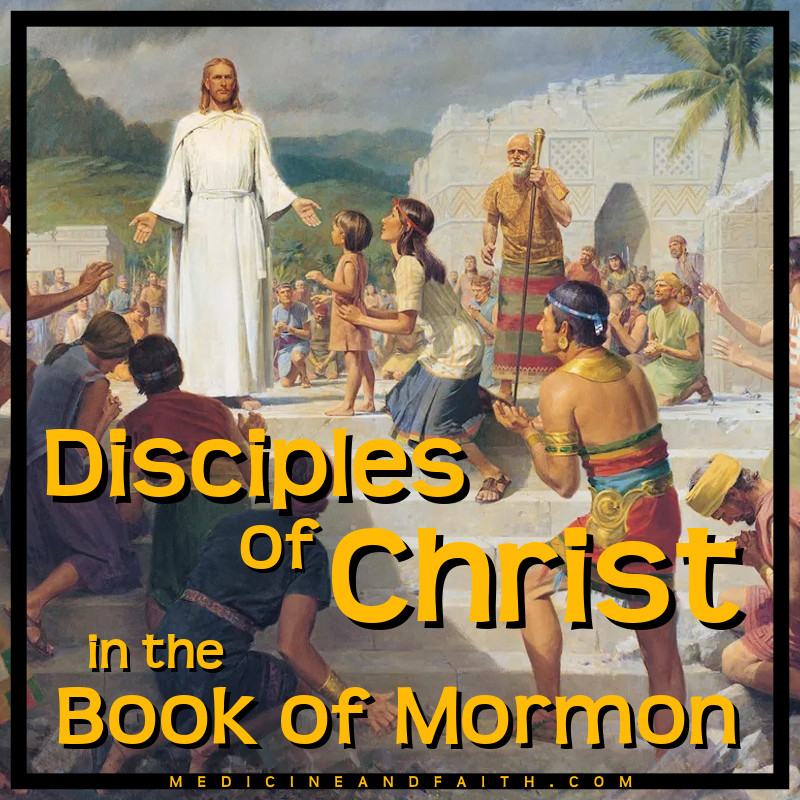I took my daughter on an early morning date to St. George, Utah, my old stomping grounds. We had breakfast at the Denny’s I used to go to with my high school friends, and then I gave her a tour of Dixie State University campus.
“I still think of this place as a junior college,” I told her. “A lot has changed since I left this town.”
We walked past the Institute of Religion, a massive structure that looks out of place to me. “This is where we stayed during the summers in the early 80’s when my dad was doing his geology summer field camp,” I said. “This whole place was a dirt field with maybe 20 trailer homes lined up on it. Ours was the third one down from the other end.”
We walked north and saw some older buildings. “I remember these ones,” I told her. “One day my older sister and I came here with a roller skate on one foot and a shoe on the other. After a while she got tired of skating with one foot and told me to go back to the trailer and get her other shoe. When I got back to the trailer I couldn’t find the shoe she was talking about, and then I got distracted by playing cars outside in the dirt with my brothers.
“Some time later she came walking up to the trailer, holding her arm funny. She couldn’t open the door, so one of my brothers opened it for her. A few minutes later my mom drove her to the hospital, and it turned out she had broken her arm.” I pointed to a spot on the sidewalk. “I think it was around here that she broke it.”
“How old were you?” my daughter asked.
“About four,” I said. “I felt really guilty that I didn’t help her.”
We walked past where the old octagonal student dorms used to be, now replaced by more conventional rectangular ones. I showed her the fountain in the center of campus where adults used to yell at us for wading in.
“No wonder you always wanted to get in. It looks like a swimming pool!”
Later we walked past the place where the racquetball courts used to be.
“They had these really cool iron spiral staircases,” I said, “and there was a good drinking fountain here.” — that’s important in a place where summer temperatures routinely go over 100 degrees — “But this is all different now. Even the sidewalk has changed. We used to have boat races with popsicle sticks in the old gutter here.”
“Dad,” my daughter said, “this is like getting a college tour from a four-year-old.”
Yeah, pretty much.
~~~
We walked over to the old city cemetery, a block away, and found the Jarvis and Cottam gravestones. These were among the pioneer families of St. George. “George Jarvis was the one who set up a crane and pulleys to hoist the baptismal font up and over the temple wall and down into the basement. And Thomas Cottam was the one who did all of the decorative plaster work on the temple interior.” These men and their families are heroes to me.
“I don’t really feel like I have a home town, because I moved so much when I was a kid,” I told my daughter, “but St. George is about as close as I get — all the time I spent here as a kid, and then as a teenager, and all of the times we stayed with my grandparents here.”
Later at a department store in town I saw a display of T-shirts from the local schools, including my own Dixie High School. “If I were going to wear any high school shirt, it would be Dixie,” I said. “It’s the only place where I felt like I belonged. Those were the best years I had in school.”
“You should buy it,” she said.
~~~
A few days later I pulled the shirt out of my dresser. As I put it on and looked at myself in the mirror I suddenly remembered that there is a movement to scrub the name “Dixie” from Southern Utah. The hospital in St. George already abandoned the name earlier this year, and the university’s rebranding is currently in process.
“Dixie” is a name associated with the antebellum south and its history of white supremacy and slavery. I am sympathetic with those who feel it is time to move on from such a name. Anyone who reads this blog should already know how I feel about racism. (For the record, I would also be in favor of blasting the relief sculpture off of Stone Mountain.)
But I also acknowledge that “Dixie” does not refer to racism or white supremacy in Southern Utah, at least not to me or to any of the people I know. St. George was “Utah’s Dixie” because it was in the southern part of the territory, and because they tried to grow cotton there during the Civil War when it could not be imported from the east. My Cottam and Jarvis ancestors were immigrants from England, where slavery was already abolished. I don’t know what their feelings were towards black people, but I see no indication from their life histories or from the cultural legacy they passed on that racism was a dominant or defining feature of their community. They were mostly motivated by faith in God and a belief that he had called them to make the desert “blossom as the rose” (Isaiah 35:1).
My experience with the name “Dixie” in southern Utah is so separate from the broader American experience that it took me days to even register the possibility that the shirt I had purchased could be misunderstood by others to be a white supremacist message. To me it was just a reminder of the good times I had living in a small town where my family heritage runs deep.
~~~
So what is my point here? Why did I tell you this story? To illustrate a few points.
First, that some things that we may consider benign are nonetheless offensive to — or at least easily misunderstood by — other people. (See my recent post about the word “Oriental,” for example.)
Second, some people may hold on to potentially offensive things purely for sentimental reasons, with no real desire to offend anyone.
Third, even people who care about and work towards human unity may sometimes be blinded to the offense that their actions might give to others.
We live in a society where many people are willing to “make a man an offender for a word” (Isaiah 29:21). The legacy of slavery and racism has touched so many things that virtually nothing is unsullied if you look hard enough. Even a small town high school in a place where slavery was never practiced can be tainted by association with a single word.
So what should we do? We can’t cancel everything!
Here is where we can learn from Abraham Lincoln’s “malice toward none [and] charity for all.” At a celebration in Washington D.C. at the end of the Civil War, a band played a steady stream of patriotic numbers. Then President Lincoln looked at the band conductor and said, “Play ‘Dixie’ now. It’s ours.” [1]
The legacy of Utah’s Dixie is ours today. If we can find a way to keep the good and leave the bad behind, then we should. If we can somehow find in all of this a symbol of reconciliation and unity, then that might be even better.
Alan B. Sanderson is a member of The Church of Jesus Christ of Latter-day Saints and is a practicing neurologist. Cover image from Wikimedia Commons, public domain. Podcast intro music is the Dixie High School Hymn. Outro music is Dixie Land. Music recorded by Alan Sanderson.
[1] Anthony Gross, ed. The Wit and Wisdom of Abraham Lincoln: The best stories by and about America’s beloved president (New York: Barnes & Noble, 1994), 230.





You made me cry with your memories and your wise words about Dixie. Thank you for the view through your innocent 4 year old eyes and then through your wiser adult eyes. Love,Mom
LikeLiked by 1 person
I keep laughing at her comment about her tour guide being a 4 year old.
LikeLiked by 2 people
Haha! Yeah, that was a good line.
LikeLiked by 1 person
And now they’ve scrubbed it. We can’t give permanent names to anything.
I didn’t grow up in St. George but have visited at least once a year all my life. I loved reading your memories; it’s a bit bigger and more developed, now!
LikeLike
Thanks for reading, Chel. Yes, St. George isn’t the quiet little town I once lived in. I still love the scenery there, though.
LikeLiked by 1 person
My mother is more fond of it than I am. Something about those 100+ degree summers and the dry dry deadness of the place place it a bit lower on my list. It’s very beautiful, though.
LikeLike
They say that you know you’ve been living in St. George long enough when you complain more about the winters than the summers. Haha! I actually like the super hot summer days. Going outside and feeling like you’re walking into an oven … it just takes me to a happy place. :)
LikeLiked by 1 person